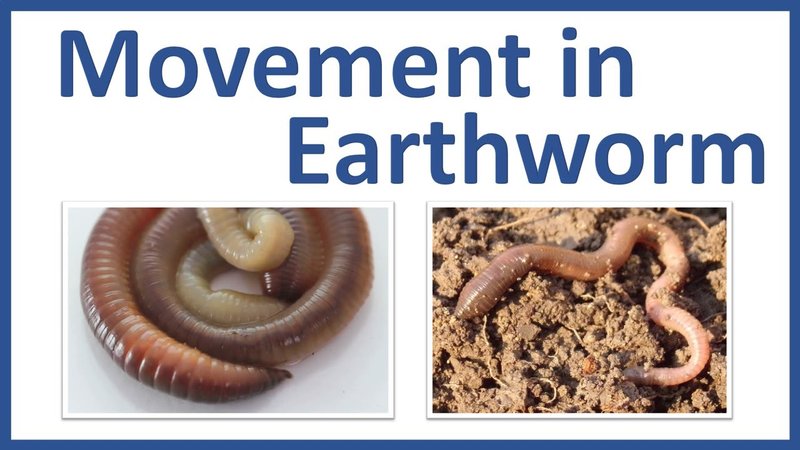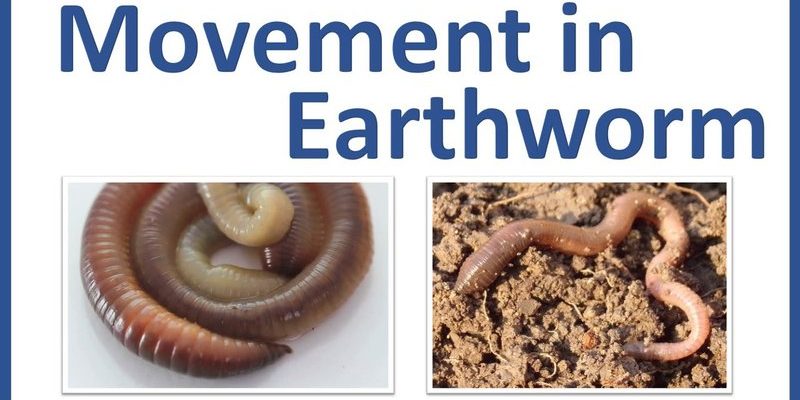
Earthworms are fascinating creatures that play a vital role in our ecosystems. They enrich the soil, help with decomposition, and even aerate the ground. Understanding their behavior, especially when it comes to migration due to weather, can shed light on their importance in the environment. So, grab your favorite drink, and let’s dig into the world of earthworm migration!
What is Earthworm Migration?
When we talk about earthworm migration, we’re essentially referring to the movement of these creatures from one place to another. But it’s not like they’re packing their bags and heading off to a new location. Instead, they move in search of better conditions—like moisture and food. If you think about humans moving to a sunnier place for a better lifestyle, it’s kind of similar!
Earthworms are sensitive to moisture levels in the soil. They breathe through their skin and need a damp environment to survive. If the ground gets too dry, they might migrate to find wetter areas. This could mean they’re heading deeper into the soil or even moving to the surface when it rains. You might be wondering why they don’t just stay put—well, staying in suboptimal conditions can be a matter of survival.
Migration isn’t a constant action for earthworms; it’s more of a response to specific triggers. They tend to move during particular seasons or when environmental conditions change significantly. Understanding how they migrate can help us grasp their essential role in the ecosystem.
How Weather Influences Earthworm Behavior
Weather plays a significant role in earthworm migration. For one, they are highly affected by moisture levels. When it rains, the ground becomes saturated with water, creating ideal living conditions for earthworms. This is when you might see them crawling out of the soil and onto sidewalks or driveways.
But it’s not just rain that drives their movements. Changes in temperature can also have an impact. Earthworms prefer moderate temperatures; extreme heat or cold can encourage them to migrate. During hot, dry summers, many earthworms burrow deeper into the ground to escape the heat. Conversely, when the temperatures drop in winter, they might go dormant or move to slightly deeper layers of soil where it’s warmer.
It’s a bit like how we often retreat indoors during a heatwave: the earthworms are just doing their thing to survive! So, when you see earthworms after a rainstorm or when temperatures moderate, they’re likely on the move, seeking the best conditions for their survival.
Understanding Earthworm Behavior During Rain
When it rains, earthworms seem to come out in droves. You might see them wriggling on the surface, which can be puzzling at first. Why would they leave the safety of their underground homes? It’s all about the conditions above ground—and it can be a strategic move.
The rain saturates the ground, making it easier for them to breathe. Plus, it’s a great time for them to find food, as many organic materials get washed into the soil. However, there’s a catch: if the rain is too heavy, it can flood their tunnels. In such cases, earthworms may leave the safety of their burrows to avoid drowning.
By coming to the surface, they also have the chance to migrate to new areas with better conditions. Think of it like getting a fresh start! This is one reason you might see them attempting to cross busy roads after a downpour—a risky move, but one driven by their need for survival.
The Seasonal Migration of Earthworms
Seasonality greatly influences when and how earthworms migrate. In many regions, they have specific patterns throughout the year. For instance, during spring, as the soil warms up and moisture levels stabilize, earthworms become very active. This is their prime time for migration and reproduction.
In contrast, during the harsh winter months, earthworms typically go deeper underground for protection against the cold. They become less active, almost like going into a hibernation state. Scientists believe that they might even form a protective mucous coating to shield themselves from freezing temperatures.
By understanding these seasonal patterns, gardeners and farmers can work with nature. They know the best times to plant or cultivate soil, taking advantage of when earthworms are most active. This is critical since earthworms play a crucial role in nutrient cycling and soil health.
Why Earthworm Migration Matters for Ecosystems
Earthworm migration isn’t just a peculiar behavior; it has profound implications for the environment. These creatures are natural recyclers. As they move through the soil, they aerate it, allowing air and water to penetrate more effectively. This process enhances soil health and fertility.
Also, when earthworms leave their burrows to migrate, they help distribute organic matter and nutrients throughout the soil. This means healthier plants and crops, which is beneficial for agriculture. Their casting, or waste, adds vital nutrients back into the soil, creating a win-win situation for the ecosystem.
Moreover, understanding how earthworms interact with their environment helps scientists monitor soil health. Changes in migration patterns could signal shifts in climate conditions or soil quality. It’s a delicate balance, and every little movement can contribute to the overall health of the ecosystem.
In the grand scheme of things, earthworm migration is a small but significant part of our ecosystem. They don’t just wriggle around aimlessly; instead, their movements are driven by a need for survival, responsive to changes in weather, moisture, and temperature.
The next time you spot earthworms after a rainstorm, remember that they’re on a little adventure of their own—seeking out better conditions and contributing to the health of our soil. By understanding their migration patterns and behaviors, we can appreciate the vital role they play in nature. Just like us, these little earth dwellers are simply adapting to their surroundings, ensuring a rich and vibrant ecosystem for all.

